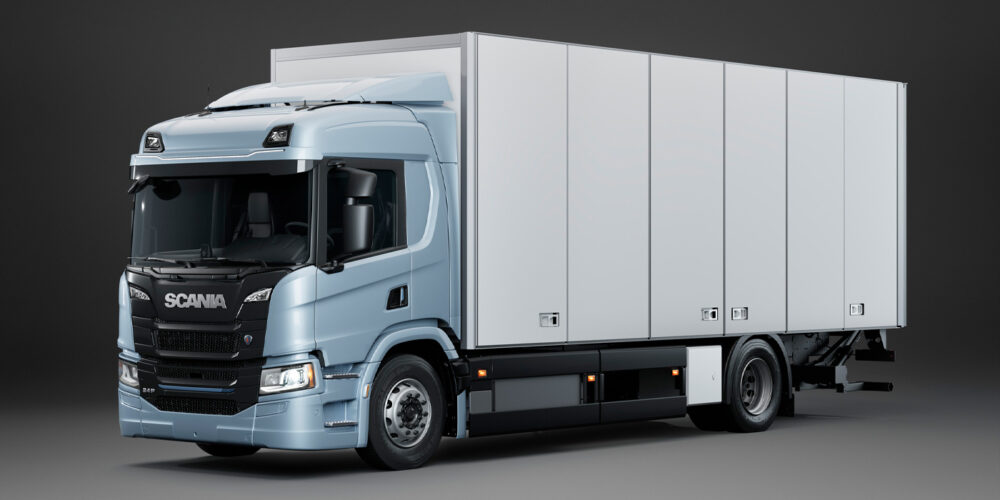With both new and retread tire prices continuing to climb, keeping your tire budget in line is a critical goal. High tire prices, in combination with diesel hovering in the $4 per gallon range, is of great concern for fleets and their tire budgets.
Casing management and calculating cost per mile are important to fully understand. A good casing management program will ultimately lower your overall tire costs by getting the most out of every tire casing. It can be thought of as a cradle to grave tire program. When you purchase new tractors and trailers, they come equipped with original equipment tires, followed by new replacement tires, retreads, and repaired tires. The idea is to maximize tire removal mileage but have a plan in place to remove the tires with enough tread, protecting the casing from punctures, cuts and stone drilling so that they can make it successfully to the retread stage.
Casing management can be broken down into many facets, including:
• Inventory control
• Target removal tread depths
• Tire rotation
• Tire repair criteria
• Axle wheel position
• Retreading & Repair
• Tire Inspection
• Tracking performance data
Tire inventory control sounds easy, but is usually quite involved. When you send your casings out for retreading or repair, do you get the same casing returned back to you? Unless you have some sort of unique identifier on each casing, you will never know if it is really your tire casing.
Reconciling your tire inventory should be done on a routine basis. Optimizing the number of tires in inventory for specific wheel positions will reduce your inventory carrying costs. A tire tracking system can help predict when tires need to be removed so you can arrange to have enough replacement tires and retreads in stock. There are numerous tire tracking software packages in the market that can track your tire performance and determine when the tire will be coming out of service.
Target removal tread depths depend on your specific service vocation. If you are on the back roads and tend to pick up a lot of puncturing objects, then you should have a higher tread depth pull point to protect those casings from damage. In line-haul operations, many fleets target steer tires with 5-6/32nds remaining tread before sending out the tires to be retreaded as a drive tire design. Another example is trailer tires. Fleets tend to run a high percentage of retreaded tires on this position and typically try to run these tires down to the minimum DOT standard of 2/32nds.
Tire rotation is part of casing management, but is not very popular with large fleets since it takes time and money. Once irregular wear begins, it is very difficult to stop the irregular wear from getting worse simply by rotating to another wheel position. Owner-operators who pay top dollar for their tires tend to rotate tires to help maximize mileage before irregular wear develops.
Tire wear rates vary considerably by axle. Drive tires running on the first drive axle yield more miles than the second drive axle tires because when the vehicle turns, the pivot point is the first drive axle and the second drive axle tires tend to scrub and wear out faster. Rotating drive tires between axles will allow the tires to wear out around the same time.
Work with your tire dealers and retreaders to determine the criteria for repairing and retreading your tire casings. Fleets need to have guidelines for age parameters and number/type of repairs per casing. Many fleets have a casing age limit of 5 or 6 years. It is determined based on your fleet’s experience with older casings.
Calculating cost per mile—tire costs divided by mileage—is what most fleets use to determine their tire budgets.Tire costs will include the original purchase price plus FET tax. There also is a cost to dispose of the tire, repairing and retreading. All of these costs need to be included when you calculate your overall cost per mile.













